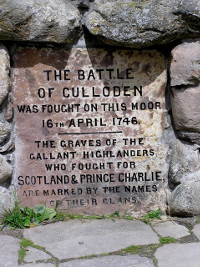As dawn came in Concord, on April 19th, 1775, the militia begin to assemble in town from all the surrounding communities. They had been warned by Dr. Sam Prescott that the Redcoats were headed their way to confiscate or destroy any arms and ammunition found there. They’d had enough notice in the weeks preceding that most everything had been spirited away or well hidden.
But as they gather, they’re debating what to do. They just have their orders: don’t fire unless fired upon. But they don’t really have a strategy. They have no tactics, no real orders.
Some of the younger men, the minutemen, the men who are ready to pick up and go in thirty minutes notice. Young guys – they’re ready to take the fight to the Redcoats.
“Why are we standing around here in Concord? The troopers are that way. Let’s go get ’em.”
The family men, the regular militia, they’re looking at it and they’re saying, “Well, this is our town. Someone needs to stay here and pro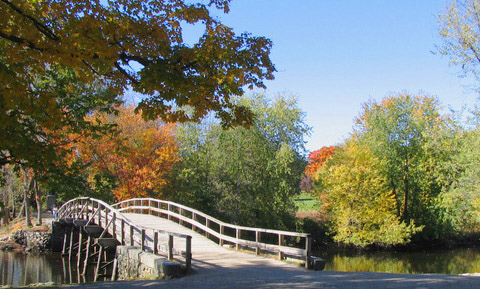 tect our town.”
tect our town.”
The older men, the over-50 crowd, the alarm-listers they call them, were experienced men. Many of them were old Indian fighters, many of them had fought in the French and Indian war.
“Town is no place to fight a battle, boys, especially when we’re outnumbered. We need to go back up to our training hill. We can see the town from there. Let’s let our numbers grow a little bit, so we can at least even the odds.”
And in typical New England fashion, where every man has a say, they did all three things.
The young men marched off down the road towards Lexington looking for a fight. The regular militia stayed in town to guard their town. And the old men retreated to Punkatasset Hill, just above town, to keep an eye on things and wait until their numbers are better.
Well, the young men found Smith’s column quickly enough and suddenly they understood what eight hundred was. They decided that they weren’t ready for a fight just yet. But they weren’t going to run either. They simply turned around, staying in formation and they marched right in front – just out of musket range. The people who lived in Concord said it was almost comical as they came through town. They saw their minutemen leading Smith’s column to the fife and drum and marching in time.
Except that, when they got to Concord, they realized that the militia had seen the wisdom in the old men and they had left town as well. So the Minutemen just kept right on marching to Punkatasset Hill.
It seems like the old guys had it right all along. It wasn’t long before they saw action. But by then, they had their wish – a fair fight.

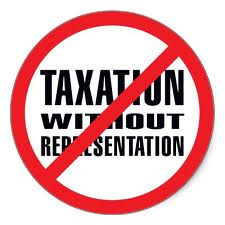 I may have blogged about this before. One sometimes loses track. But I continue to read through the History of the Town of Lexington by Charles Hudson, published in 1868. It is so beautifully written and gives such an inspiring view looking back on these people and these times.
I may have blogged about this before. One sometimes loses track. But I continue to read through the History of the Town of Lexington by Charles Hudson, published in 1868. It is so beautifully written and gives such an inspiring view looking back on these people and these times.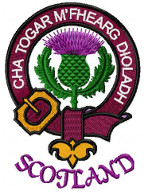 In just a few days, the people of Scotland will be voting on Independence. My Scot heart swells with pride at the thought.
In just a few days, the people of Scotland will be voting on Independence. My Scot heart swells with pride at the thought.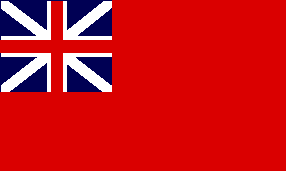 In an earlier article, I mentioned that the
In an earlier article, I mentioned that the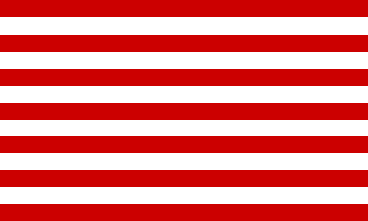
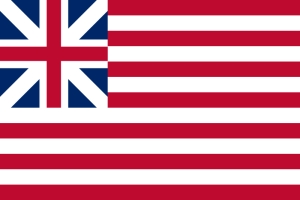 As you can see, this flag is a hybrid of the Union flag and the Sons of Liberty flag.
As you can see, this flag is a hybrid of the Union flag and the Sons of Liberty flag.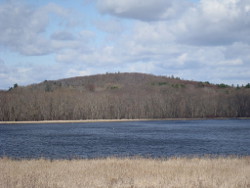 It’s early morning in Concord, April 19th, 1775. Young Dr. Samuel Prescott rode through, alerting the town to the oncoming Redcoats. By morning three groups of men gathered in the center of town.
It’s early morning in Concord, April 19th, 1775. Young Dr. Samuel Prescott rode through, alerting the town to the oncoming Redcoats. By morning three groups of men gathered in the center of town.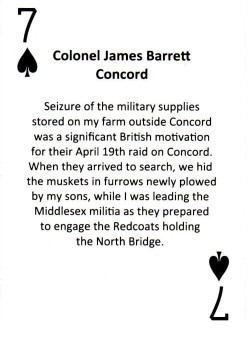 James Barrett, Colonel of the Concord Militia. He left his home early on the morning of April 19th, 1775 to join his troops first in town, then on Punkatasset Hill.
James Barrett, Colonel of the Concord Militia. He left his home early on the morning of April 19th, 1775 to join his troops first in town, then on Punkatasset Hill.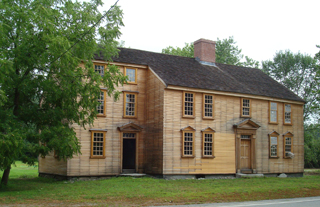
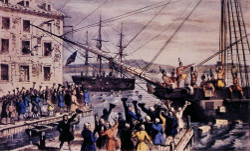
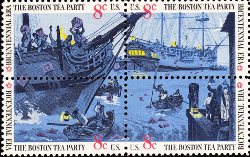 I never quite understood the reason why Sam Adams and the Boston Patriots felt they had to dump that tea in the harbor. I have a hunch I’m not alone.
I never quite understood the reason why Sam Adams and the Boston Patriots felt they had to dump that tea in the harbor. I have a hunch I’m not alone.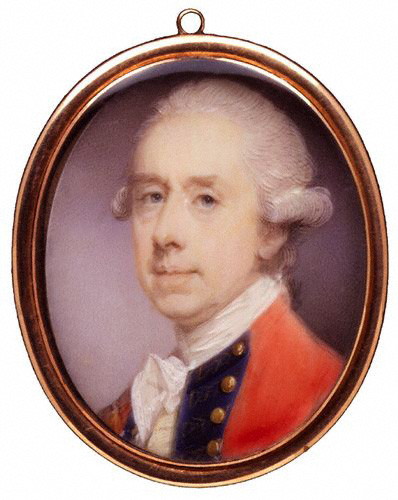 Here’s an example: General Thomas Gage.
Here’s an example: General Thomas Gage.